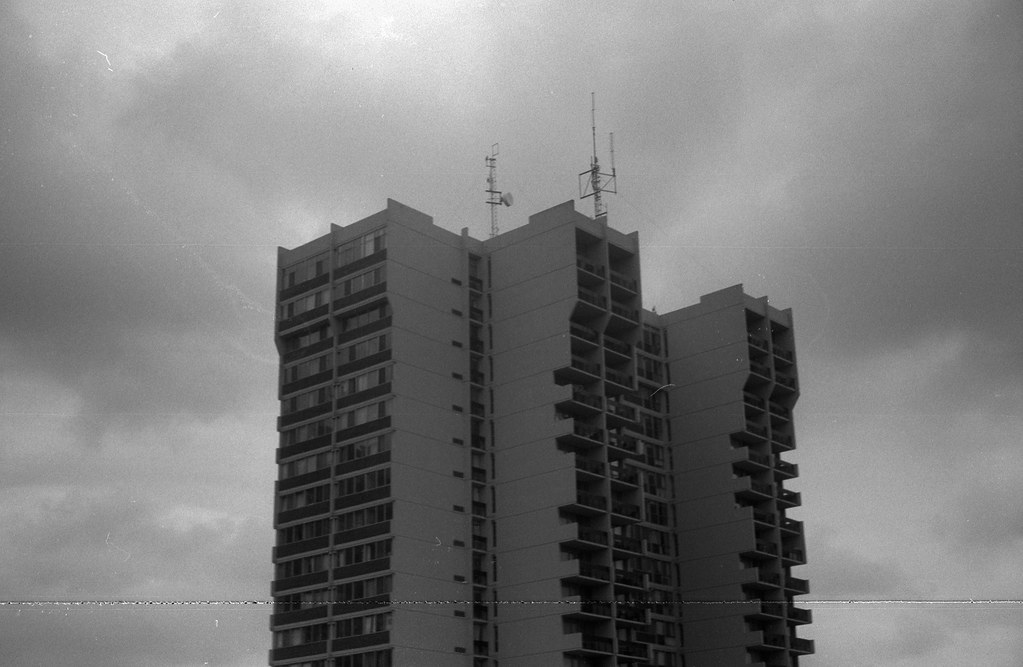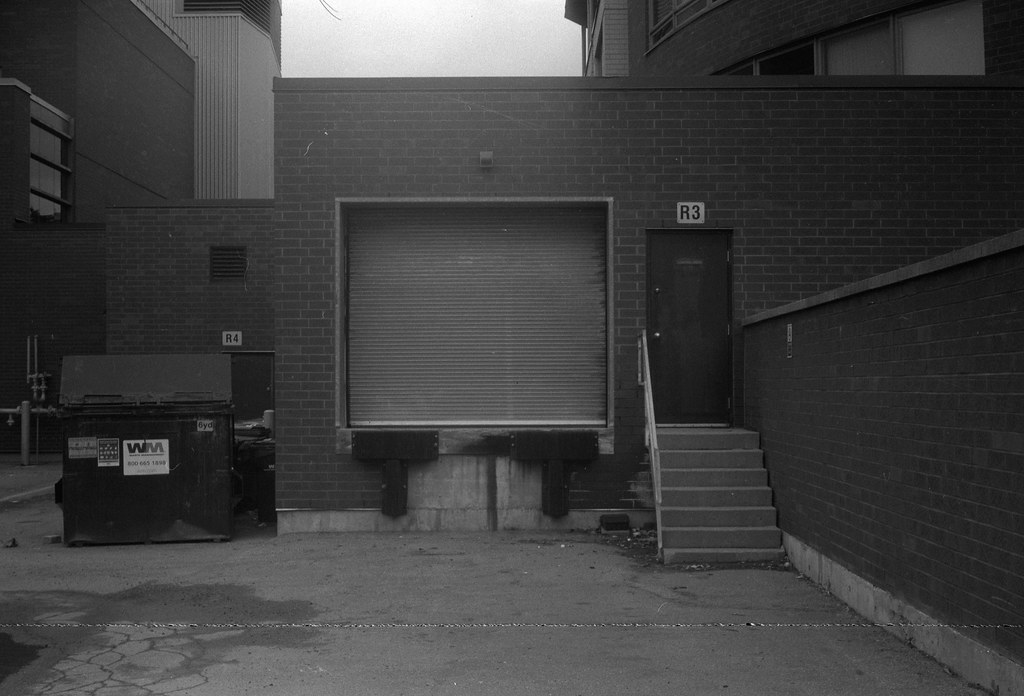It’s called “The Brick” for good reason, and was for many years the every-man camera in the United States. Aimed at the middle-income market as a solid camera with good optics that could compete with some of the higher end cameras coming out from Kodak. Special Thanks to James McFarlane for this special guest camera!
Disclaimer: This is an old review, and is scheduled for an update and may look funny during that update. However, due to a large number of reviews that require this update it may take some time. Please be patient during this process as the reviews may appear incomplete and in flux during the update procedure.
The Dirt
Make: Argus
Model: C3
Type: Rangefinder
Format: Miniature, 35mm (135)
Lens: Interchangeable, Argus Thread Mount
Year of Manufacture: 1939-1966
The Good
Probably one of the two best things about this camera are that they’re cheap on the used market and plentiful. I’ve been to several antique stores and camera shops throughout the midwestern United States and they’re like tribbles, everywhere. Despite the size/shape this camera is actually comfortable to hold and if you have a well maintained one, it’s fairly easy to work with focus/shutter speed control. And the biggest thing that surprised me about the camera is the quality of the images that the lens produced. You have to remember that today many folks turn their nose up to American optics going for cameras and lenses that are from Schneider-Kreuznack, Carl Zeiss, or Leica. But when the Argus cameras were being produced there was some amazing optics coming out of the US. Kodak and Wollensack to name to from Rochester but I would have never expected quality from a lens as beat up as the Argus Cintar on the front of the C3 but damn it’s a sharp piece of glass.
The Bad
While this is not the worst camera I’ve ever used, I mean, I would shoot this over the Smena 8m, but honestly the camera for being an everyman camera it’s a pretty complex camera to operate. Even to advance the film you have to release the film lock, then wind the film making sure to release the film lock so that it advances properly. Then cock the shutter (which looks more like a self-timer leaver than a shutter cock). Plus it’s a pretty heavy camera to hand hold. Like many cameras from the era it uses a two window system, one viewfinder and one rangefinder and the rangefinder window is tiny! Focus is done rather interestingly with a pair of geared wheels that adjust the focus (although you can do it directly from the lens) but watch out, if you have a stiff wheel the teeth can get a bit hard on the fingers. Oh and changing out the lens? Good luck, you have to do some serious deconstruction to do it.
The Lowdown
So yeah, unless you’re crazy about Argus cameras I would not recommend getting one. But if you do, you’ll be in for a bit of a treat with the lens on the front but for me it’s not enough to drop some money to get one it would just be a paper weight for me. While the bad and good points on the camera are fairly balanced the bad still very much outweighs the good in my view. And while despite easy to come by and can be fairly cheap (seriously, don’t spend more than 20$ on one, and make sure everything is in decent working order before dropping the cash. But at least if the one you get breaks, you can probably find another one fairly easily.
If you want to see more of the Argus Camera, you can always take a trip to the Argus Museum at 525 W William St, Ann Arbor, MI. I’ve been twice now and it’s actually a really cool spot for those who are enthralled by photographic history.
All photos taken in and around the Oakville/Milton area.
Argus C3 – Argus Caltar 50mm f/3.5 – Ilford FP4+ @ ~ASA-125
Ilford Microphen (1+1) 10:00 @ 20C



2 Comments